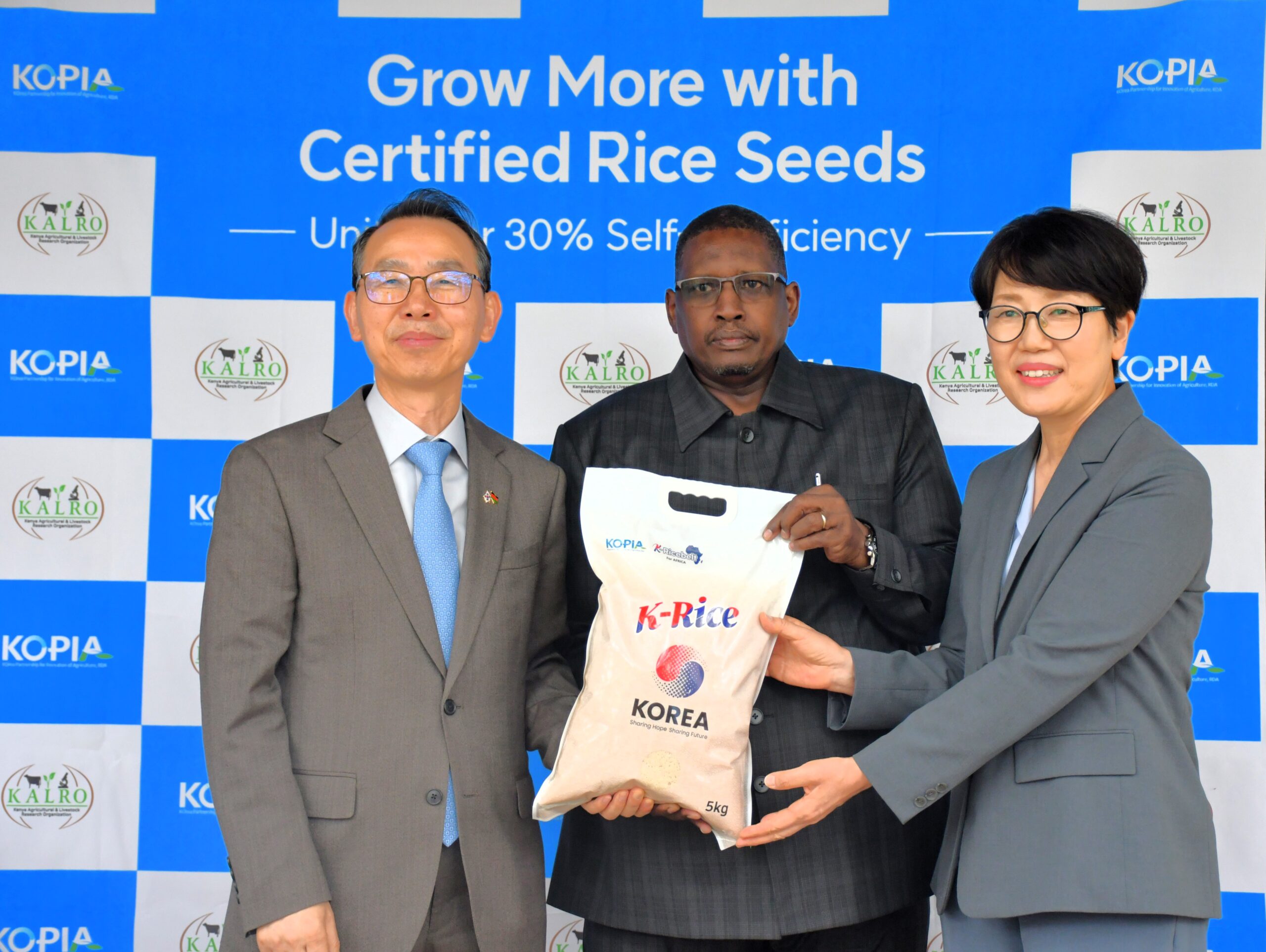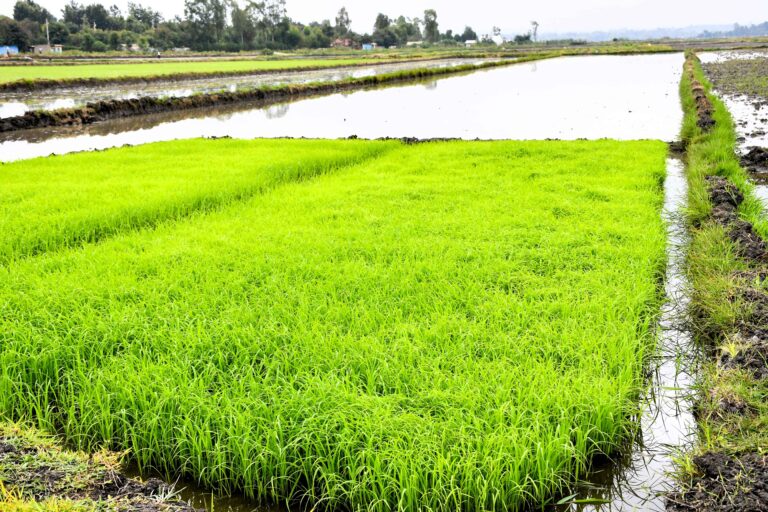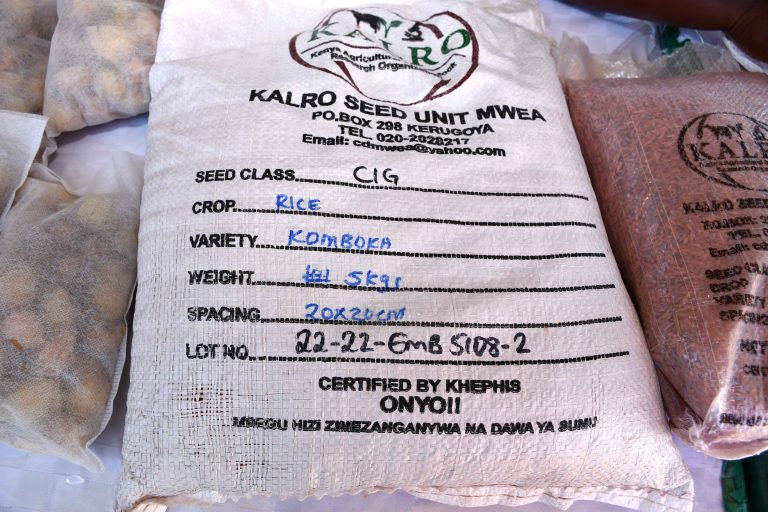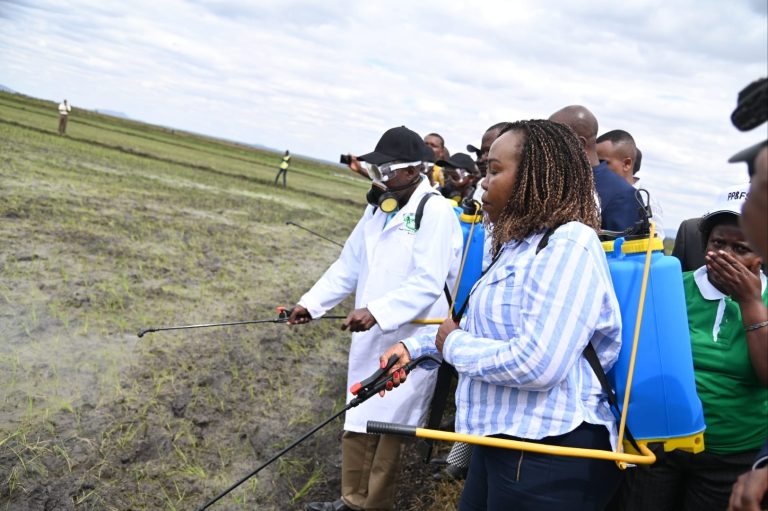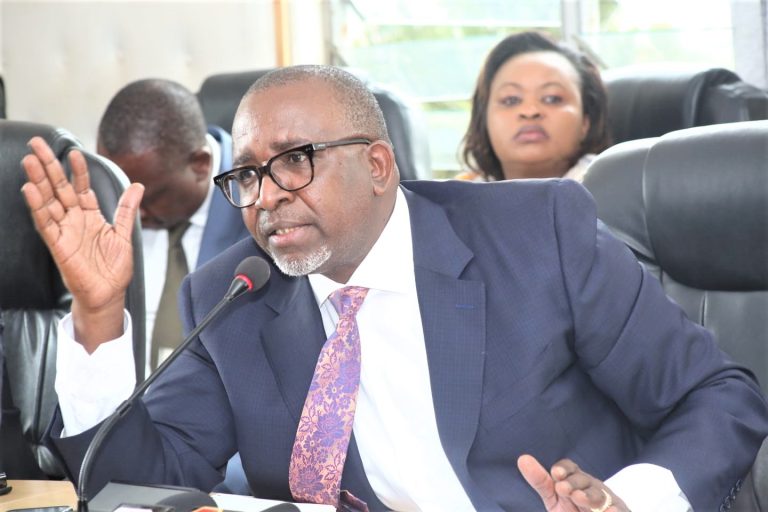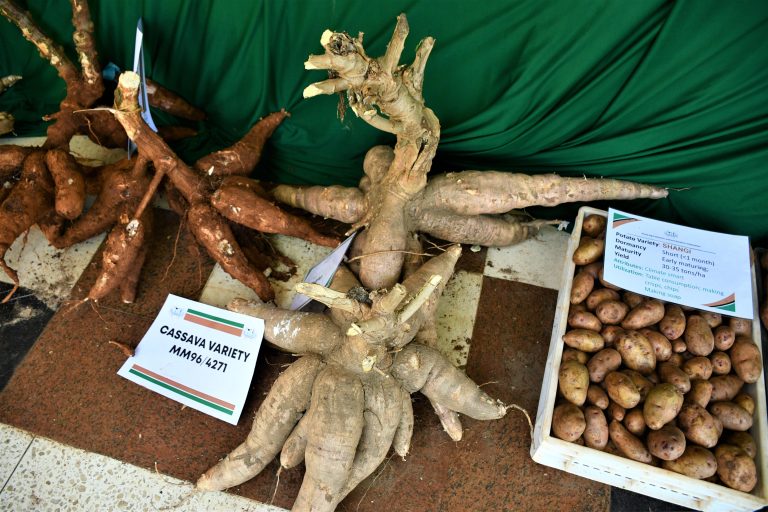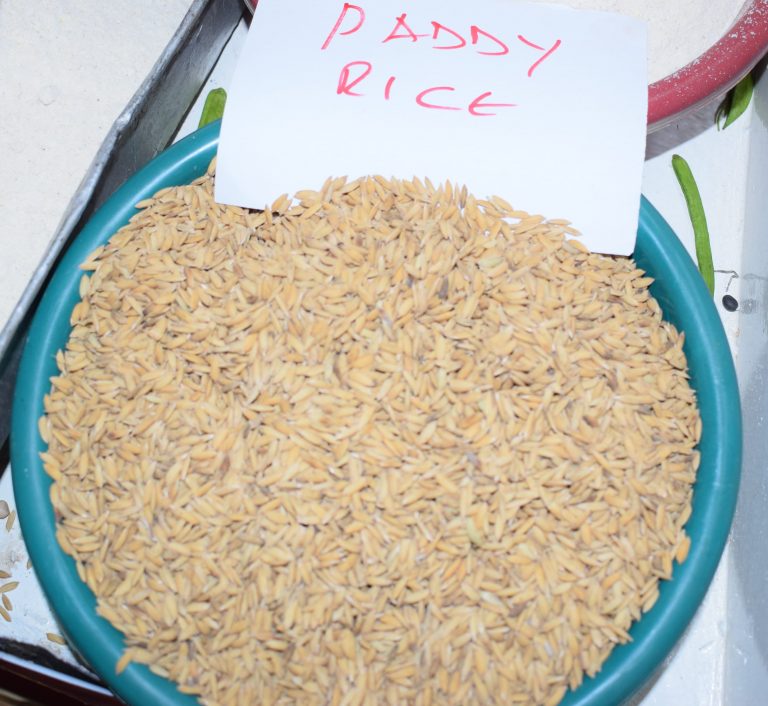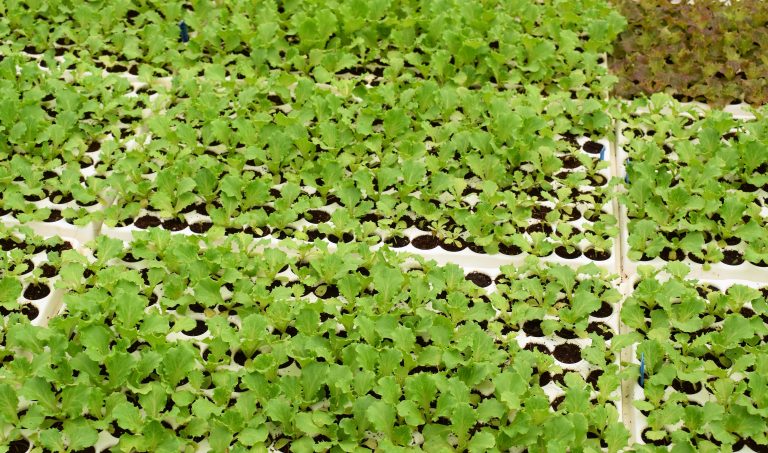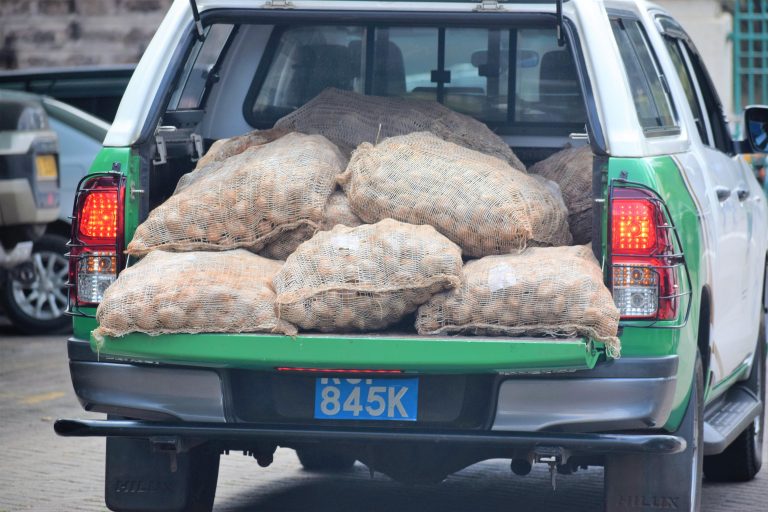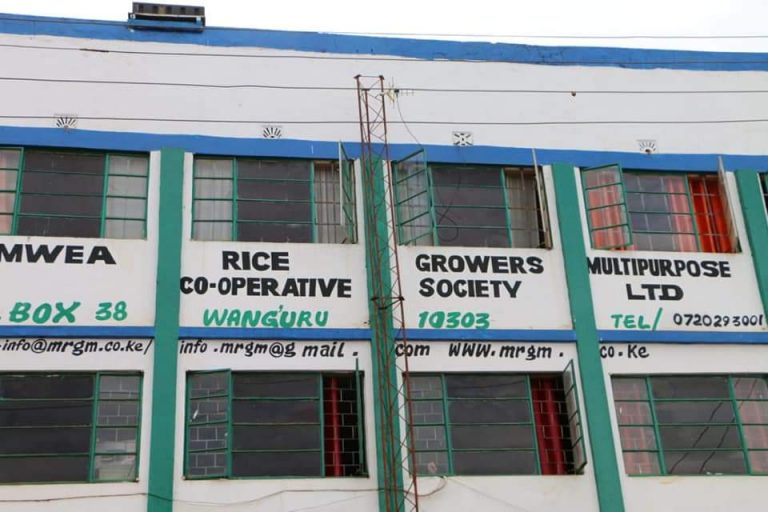By Kimuri Mwangi
Kenya is deepening agricultural collaboration with South Korea to address its growing demand for rice and reduce its heavy reliance on imports. Through a joint seed development initiative, the two countries aim to transform Kenya’s rice production capabilities and strengthen food security.
Speaking during a one-day symposium on rice production, Dr. Eliud Kireger, Director General of the Kenya Agricultural and Livestock Research Organization (KALRO), emphasized the urgency of expanding local production to meet rising demand.
“The consumption of rice is going up because the younger generation is not very much interested in ugali,” said Dr. Kireger. “Currently, we are importing over 85% of what we consume, and we produce very little. The objective of today’s meeting is to discuss how we can increase our rice production.”
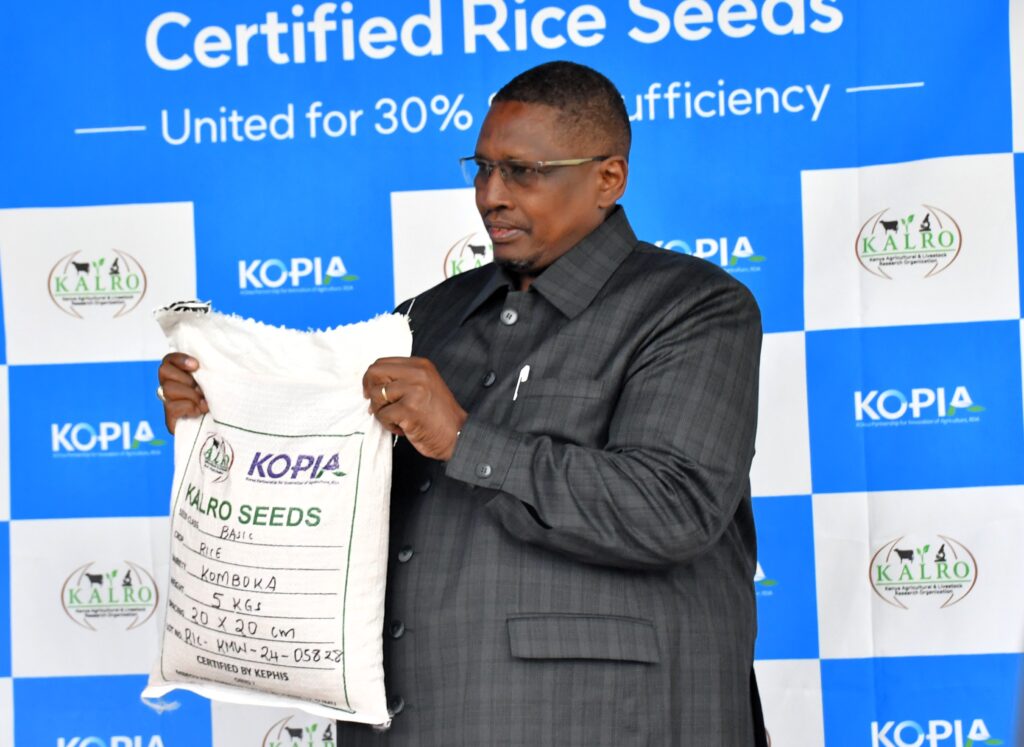
Dr. Kireger highlighted a key partnership with the Korean government, which is supporting the development of a rice seed system in Kenya.
“For us to be able to increase our rice production, we have to look at quality certified seed,” he noted. “We have some local varieties that we have developed here, but the Koreans have very good quality and high-yielding rice varieties. So to begin with, we are testing those varieties and then we will be able to introduce them to Kenya.”
The collaboration has seen the development of seed production facilities in Mwea, Kirinyaga County, Kenya’s leading rice-growing region. The site will serve as a hub for producing certified seeds for distribution nationwide.
“The facilities we are developing jointly with the Korean government are state-of-the-art rice production fields,” said Dr. Kireger. “They include infrastructure for seed production, cleaning, storage, and research. The investment in Mwea alone is worth about KSh 2 billion over five years.”
The ultimate goal is to empower farmers to raise their yields from the current 2.5–3 tonnes per hectare to 4.5–7 tonnes per hectare. This would significantly reduce the country’s dependency on imports and improve national food security.
Korean Ambassador to Kenya, Kang Hyung-shik, echoed the importance of agricultural cooperation in strengthening bilateral ties between the two countries.
“The relationship between Korea and Kenya has been developing very smoothly since 1964,” said Ambassador Kang. “In the development of bilateral relations, cooperation in the agricultural sector is very important. That’s why we organized this symposium to improve the rice seed production system in Africa.” He noted that agriculture plays a vital role in Africa’s economy, accounting for over 40% of employment and 20% of GDP, making investment in the sector crucial.
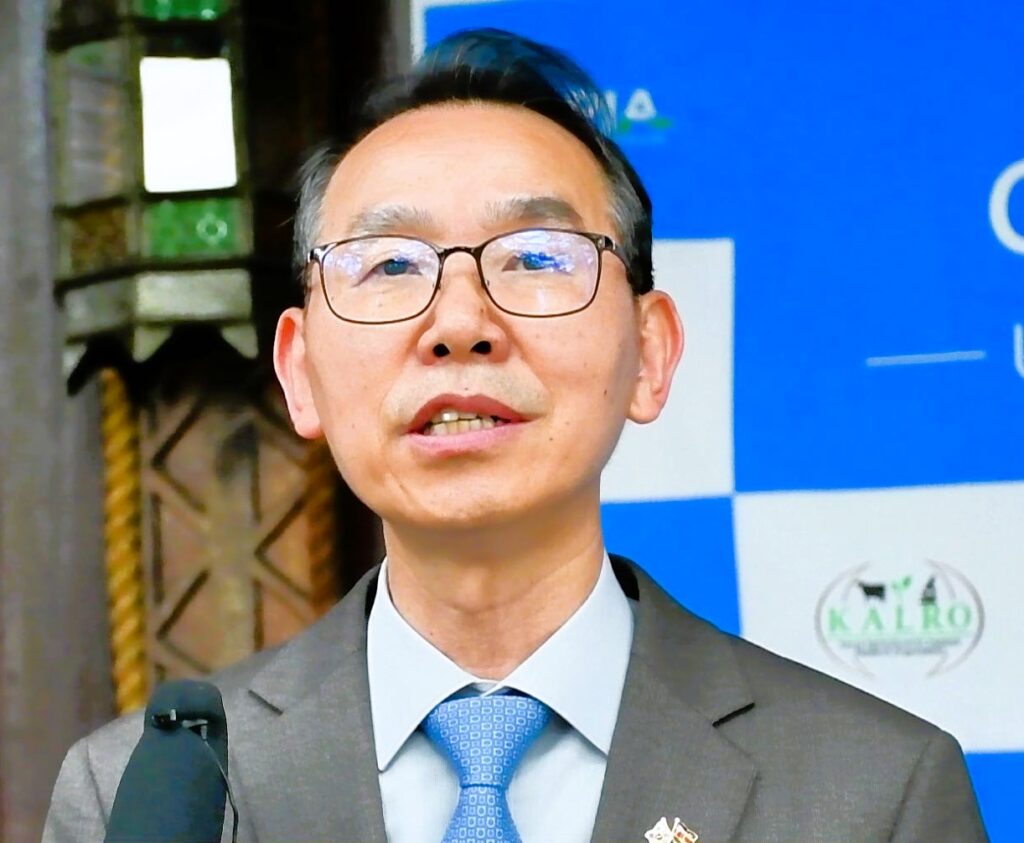
“I’m proud that Korea, through the Korea Program on International Agriculture (KOPIA), is running the ‘K-Rice Belt’ project to enhance food production and address food shortages,” he said. “I see huge potential for more collaboration between our two nations, especially in agricultural trade and investment.” Ambassador Kang added that Korean companies are increasingly exploring opportunities in Kenya’s agricultural and food processing sectors.
At the Mwea KALRO Centre, researchers are currently evaluating new rice varieties introduced through the partnership.
“We have selected three varieties, Ukafasi 39, ISRIS 6, and ISRIS 7,” said Dr. Ruth Musila, Director of the KALRO Mwea Centre. “These are undergoing National Performance Trials. If all goes well, and pending approval, they could be released by next year.”
According to Dr. Musila, the new varieties are highly productive. “The improved local varieties yield about 6 to 7 tonnes per hectare. But the new varieties have shown potential yields of up to 7.5 tonnes,” she said. “Additionally, they are adaptable to both irrigated and rain-fed lowland conditions.”
With testing underway and investments in infrastructure progressing, Kenya and Korea hope to lay the foundation for long-term sustainability in rice production, helping farmers boost yields, reduce imports, and ensure food resilience for future generations.


